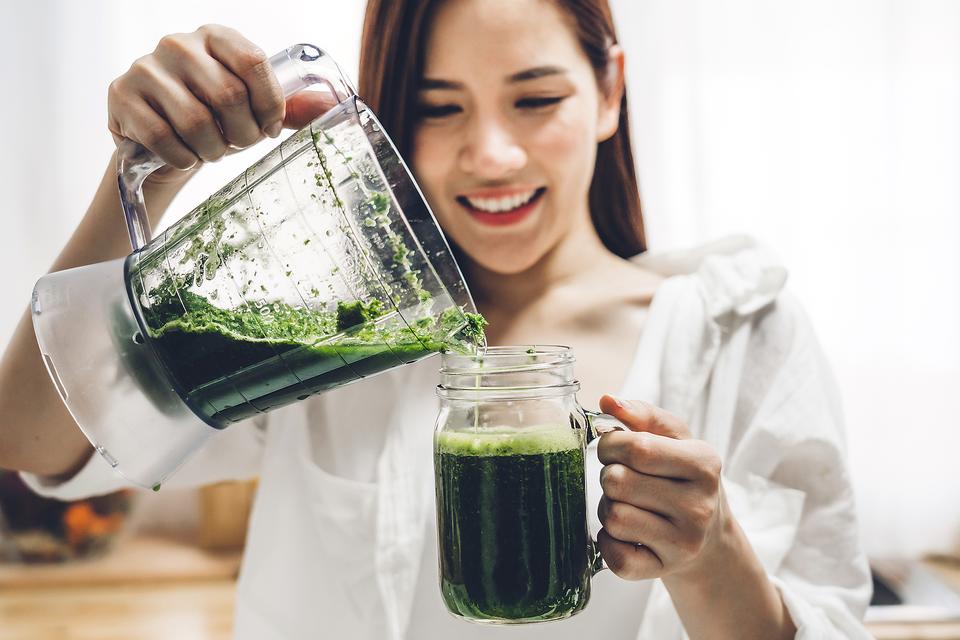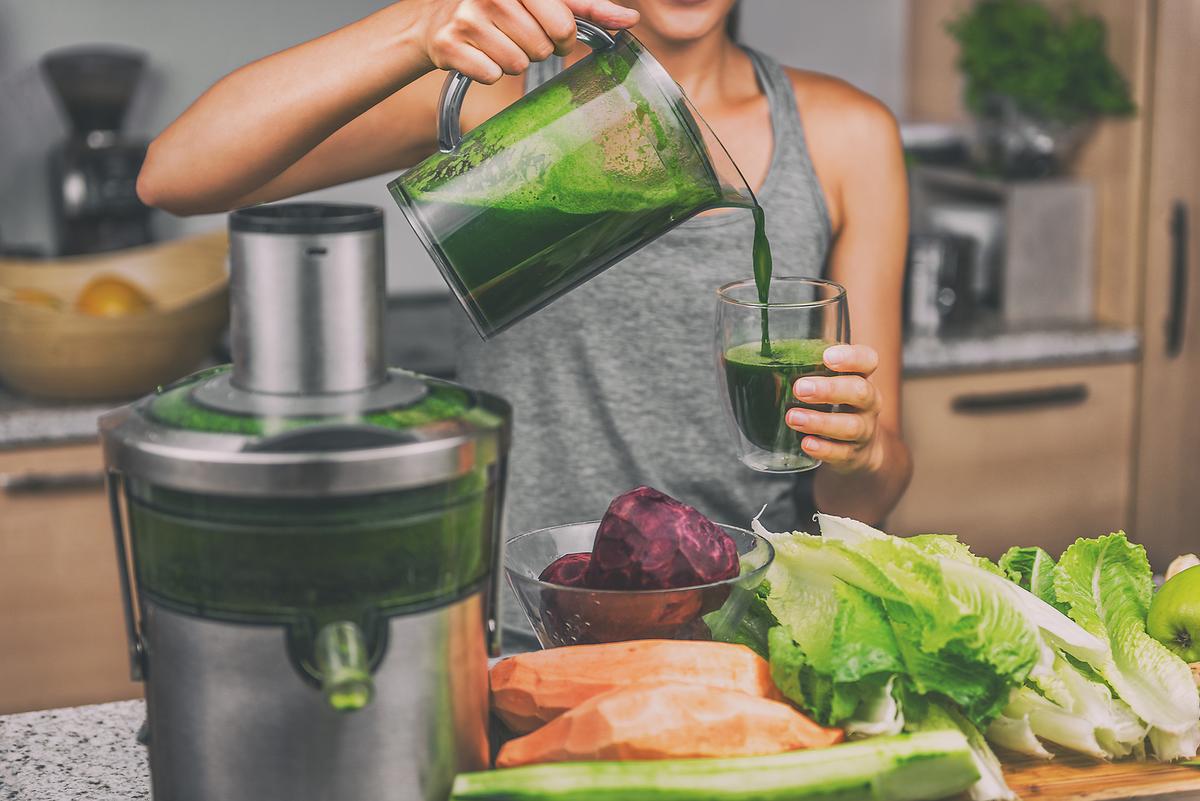Blending Vs. Juicing for Health: Is It Better to Blend or Juice Your Fruits & Vegetables? by 30Seconds Health

If you're taking steps toward a healthier lifestyle, you've probably heard about blending and juicing. Blended fruit and vegetable smoothies have become commonplace, and fruit and vegetable juices of all types are becoming more and more popular. Learning about what each process entails and what it brings to the table may give you a clearer understanding about which one may be better for you.
If after researching the differences you’re still unsure of which path to choose, you can find products that both blend and juice. Juice blenders are the newest innovations and you can read juicer blender reviews to learn more about these products online. This will give you a chance to experience both processes.
The Difference Between Blending & Juicing
The main difference between blending and juicing is the end result in your glass. When you juice fruits or vegetables, you are essentially taking all the liquid out of them and leaving behind all the fiber and pulp. On the other hand, blending can give you all of the fiber and pulp as well as liquid in one mixture to drink at one time. This makes a difference in the kinds of nutrients you get after each process.
The Advantages of Blending
One of the main advantages of blending is that it's fast and can be done with any blender you have at home. The process takes just minutes to be done, and if you blend your fruits and vegetables to the right consistency, it could be as filling as eating a meal. Because blending means retaining the fibers and pulp, you also get more benefits than when you juice the same veggies or fruit. Blending does not increase your blood sugar as much as juicing does, which can be a good thing for many people.
The Advantages of Juicing
One of the main advantages of juicing is the boost of energy you get after drinking the freshly made juice. Juicing is also great if certain food textures bother you because, unlike blending, you do not have any pulp or fibrous material in the product. Juices can be used as a cleanse for your body to get rid of the different toxins you might have.
The Cons of Blending
Because all of the pulp and fibrous material are still there after blending fruits and vegetables, you could have remnants of fruit and vegetables stuck in your teeth after enjoying your drink. Not only does no one want food stuck in their teeth, but this also could lead to cavities if you do not brush your teeth well afterward.
The Cons of Juicing
When juicing, you might not realize how much you are giving your body, so you may end up biting off more than you can chew. An excess of some vegetables and fruits can pose a problem for some people's digestive systems. Talk to your doctor if you have any concerns.
There are different opinions about which style, juicing or blending, is better for your overall health. It can be a bit confusing if you don't understand the differences between the two processes and the perks each one offers on your journey toward a healthier lifestyle. Now that you know more about the differences, pros and cons, it may be easier to make the right choice for you.
Take 30 seconds and join the 30Seconds community. Inspire and be inspired.
Related Products on Amazon We Think You May Like:
30Second Mobile, Inc. is a participant in the Amazon Services LLC Associates Program, an affiliate advertising program designed to provide a means for us to earn fees by linking to Amazon.com and affiliated sites.













join discussion